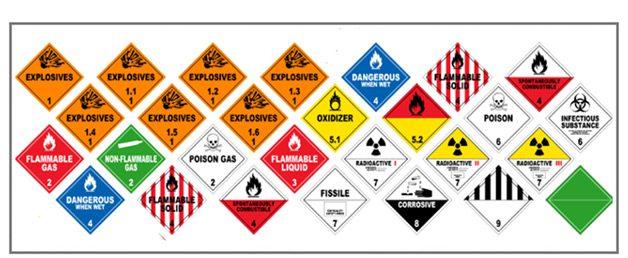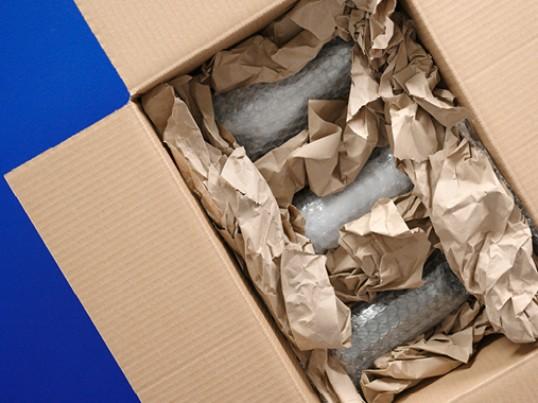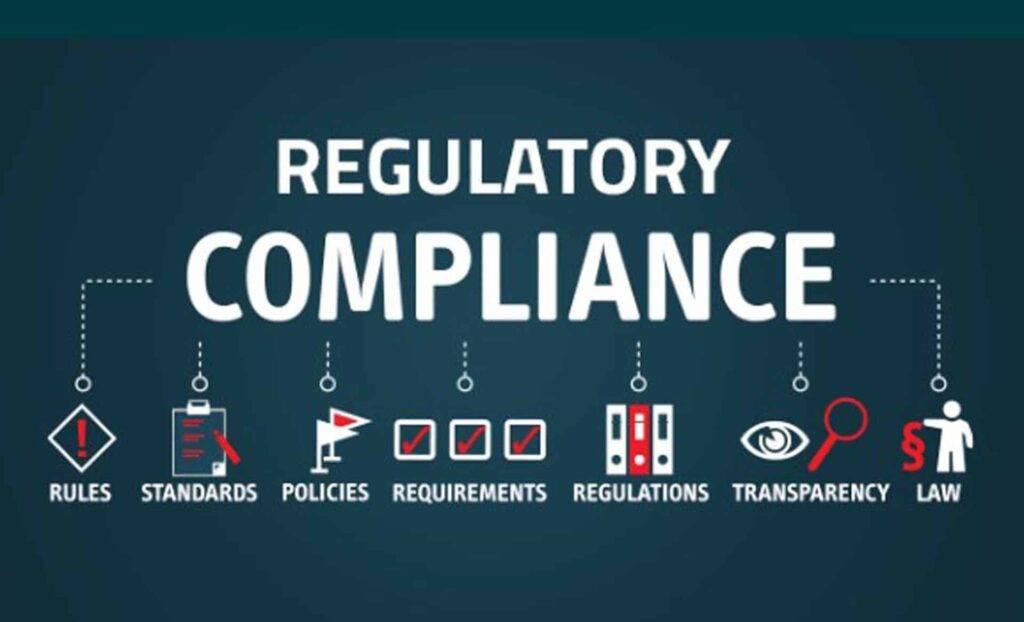In today’s interconnected world, the efficient and safe transportation of hazardous materials is a crucial component of modern logistics. From chemicals and radioactive materials to flammable liquids and infectious substances, these materials require specialized handling and transportation to ensure the safety of both the environment and the people involved. In this article, we will explore the intricate world of hazardous material logistics, transport, and shipping, and shed light on the challenges and considerations that come with moving these potentially dangerous substances from point A to point B. So buckle up, as we delve into the fascinating realm of hazardous material transportation.
Ensuring Proper Handling of Hazardous Materials during Transport
When it comes to transporting hazardous materials, it is crucial to ensure proper handling throughout the entire process. From packaging to transportation, every step should be carefully planned and executed to minimize risks and protect the environment. One key aspect of ensuring safe transport of hazardous materials is to comply with all regulations and guidelines set forth by relevant authorities.
Proper labeling and documentation are essential to identify the contents of the shipment and provide necessary information in case of emergencies. Additionally, using specialized containers and packaging materials designed for hazardous materials is important to prevent leaks and spills. Regular training for employees involved in the transportation of hazardous materials is also crucial to ensure they are aware of safety protocols and procedures. By following these best practices, we can ensure the safe and efficient transport of hazardous materials while minimizing risks to the environment and public safety.

Implementing Safe Packaging and Labeling Practices for Hazardous Material Shipping
Ensuring safe packaging and labeling practices are crucial when it comes to shipping hazardous materials. Properly packaging these materials helps prevent leaks and spills during transportation, reducing the risk of accidents and environmental damage. Labeling them correctly also ensures that handlers are aware of the potential hazards, allowing them to take necessary precautions.
Some key practices to implement for safe packaging and labeling of hazardous materials include:
- Double packaging: Use two layers of packaging to provide an extra barrier against leaks and spills.
- Proper labeling: Clearly label all hazardous materials with the appropriate hazard symbols and information.
- Training: Ensure that all personnel handling hazardous materials are properly trained on how to package and label them safely.

Navigating Regulatory Compliance in Hazardous Material Logistics
When it comes to , there are a multitude of factors to consider to ensure safe and efficient transport and shipping. From understanding the specific regulations set forth by governing bodies to implementing proper labeling and documentation, staying compliant is essential in this high-risk industry.
One key aspect of regulatory compliance in hazardous material logistics is proper training for all personnel involved in the handling and transport of these materials. This includes understanding the proper techniques for packaging, loading, and unloading hazardous materials, as well as emergency response protocols. By investing in thorough training programs, companies can minimize the risk of accidents and ensure the safety of their employees and the environment.

Maximizing Efficiency in Hazardous Material Transport Operations
When it comes to transporting hazardous materials, maximizing efficiency is crucial to ensure the safety of both personnel and the environment. There are several key points to consider in order to streamline hazardous material transport operations:
- Proper Training: Make sure all personnel involved in the transport of hazardous materials are properly trained and certified to handle such substances safely.
- Use of Specialized Equipment: Utilize specialized containers, vehicles, and storage facilities designed specifically for hazardous materials to minimize risks during transportation.
- Route Planning: Develop efficient transport routes that minimize exposure to populated areas and potential hazards, while also considering factors such as traffic and weather conditions.
| Tip: | Regularly inspect and maintain all transport equipment to ensure optimal performance and safety standards. |
By implementing these strategies and continuously evaluating and improving hazardous material transport operations, organizations can mitigate risks and uphold compliance with regulations, ultimately enhancing safety and efficiency in the logistics of hazardous materials.
Key Takeaways
In conclusion, the transportation and shipping of hazardous materials is a complex and critical aspect of modern logistics. It requires meticulous planning, adherence to strict regulations, and a strong commitment to safety and environmental protection. By understanding the risks involved and implementing effective strategies, we can ensure that hazardous materials are transported safely and securely to their intended destinations. Let us continue to prioritize the safety of our communities and the environment as we navigate the challenges of hazardous material logistics. Thank you for reading.
